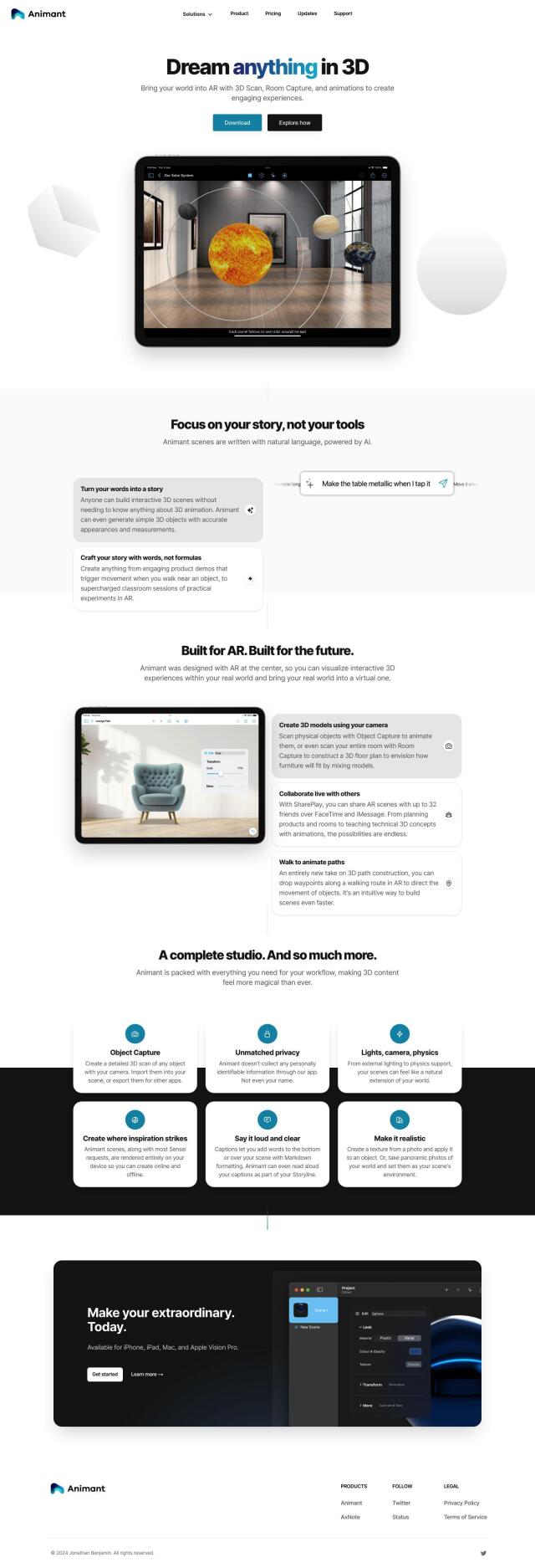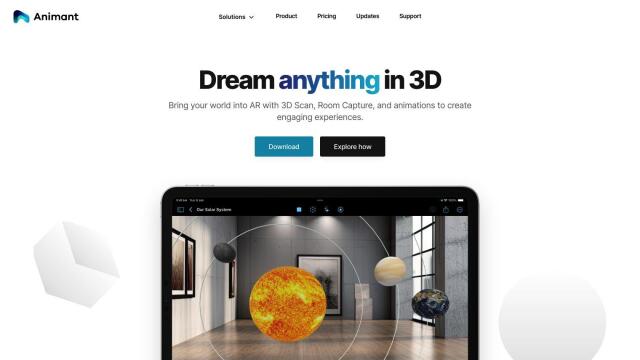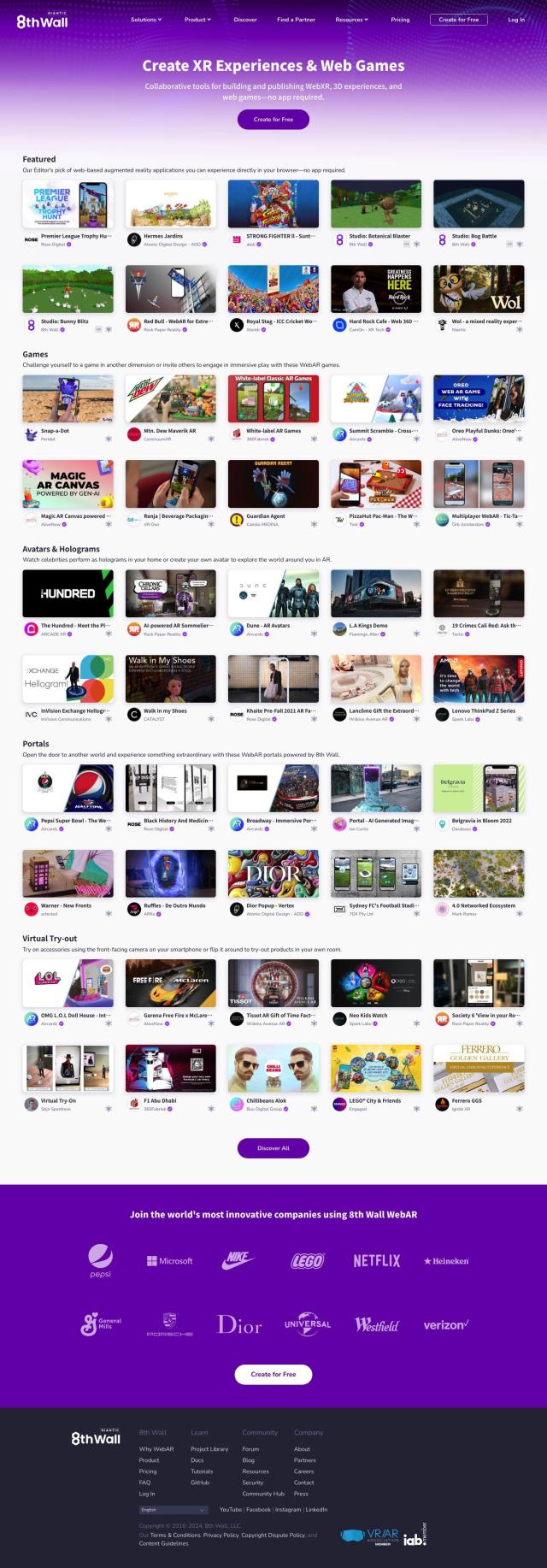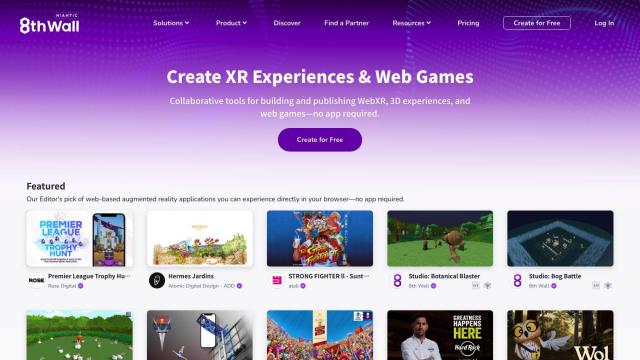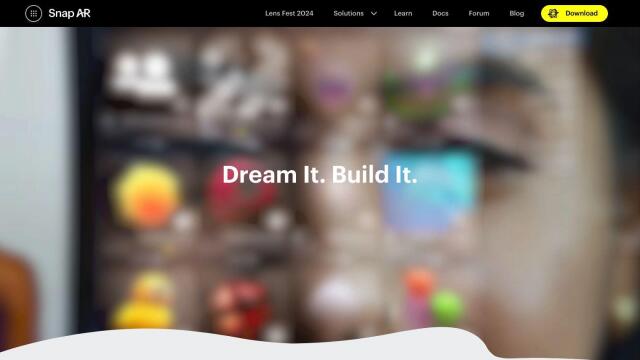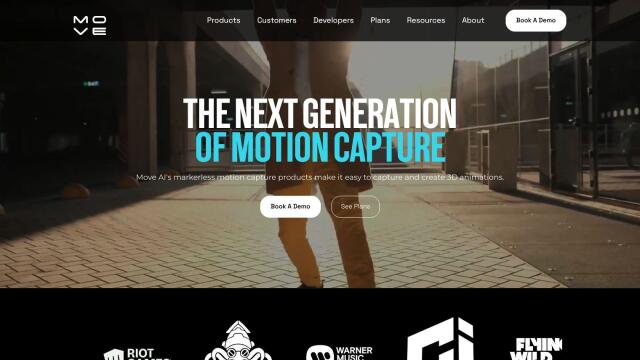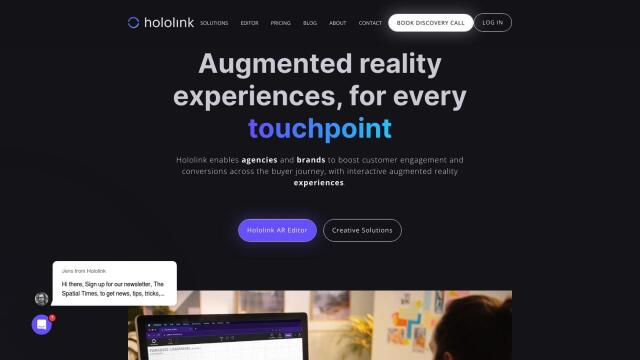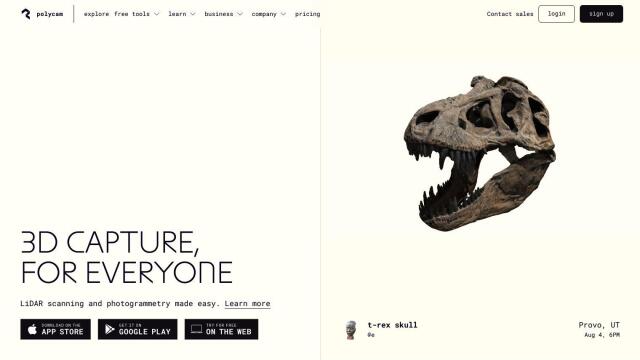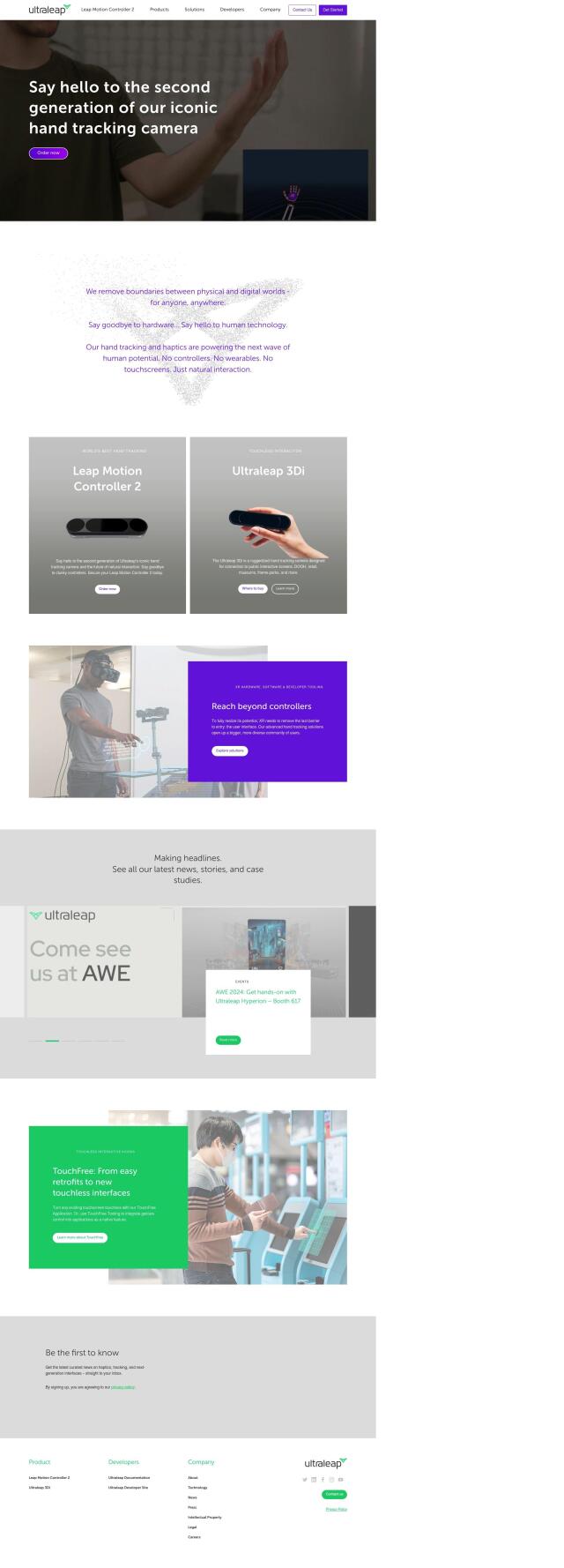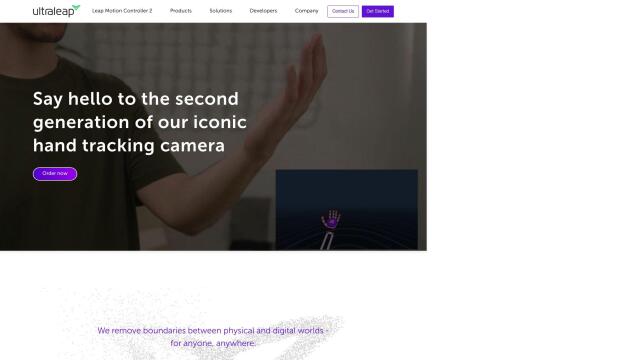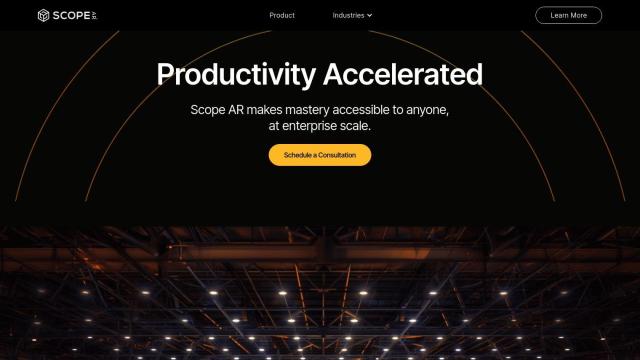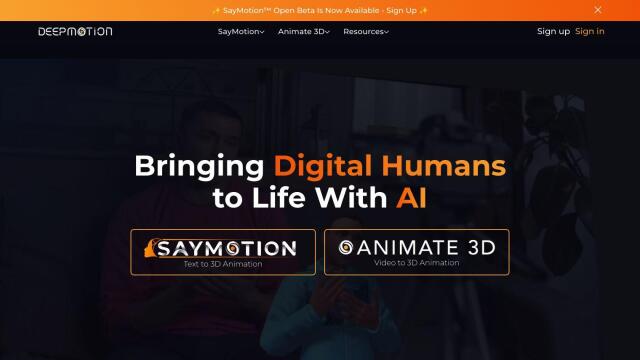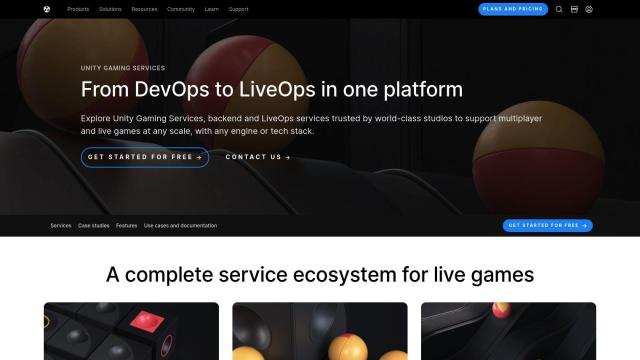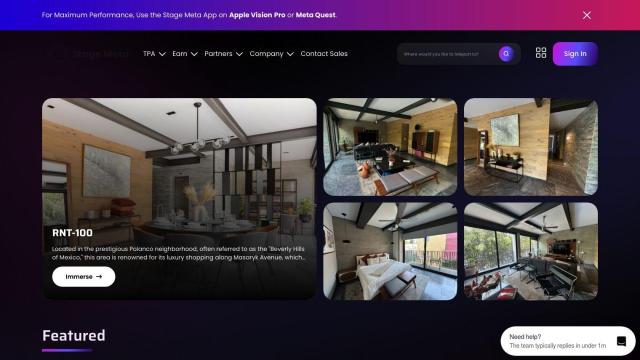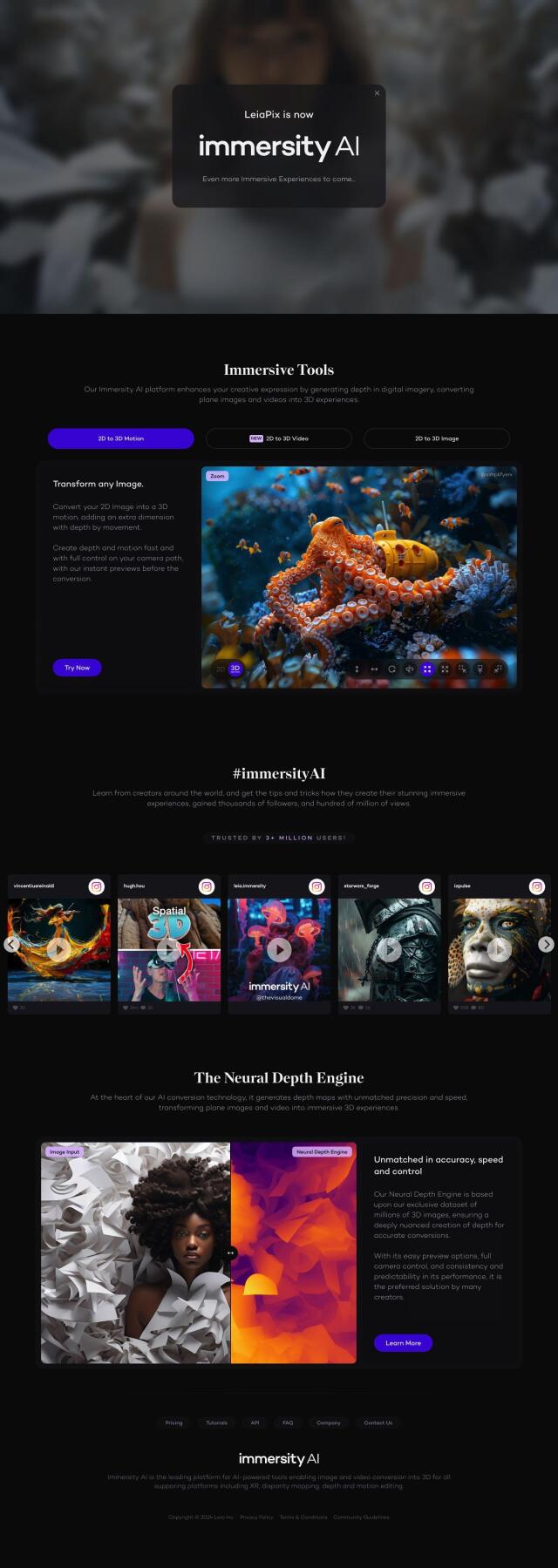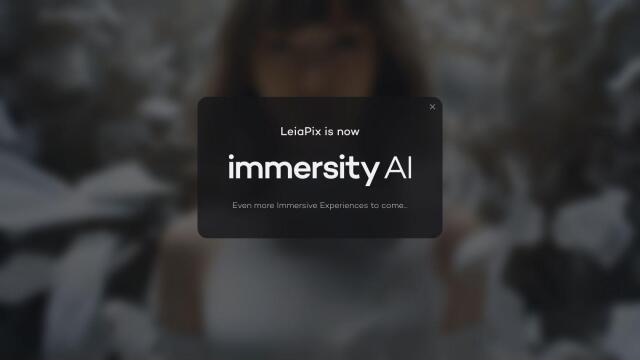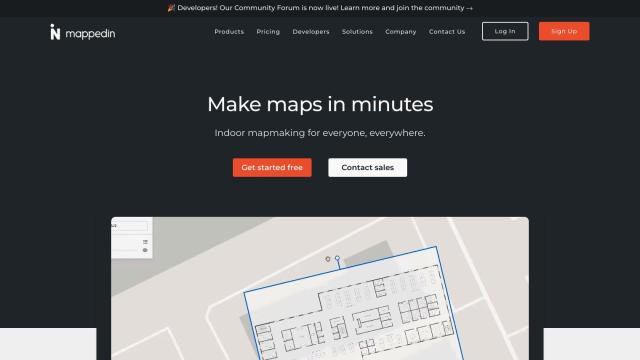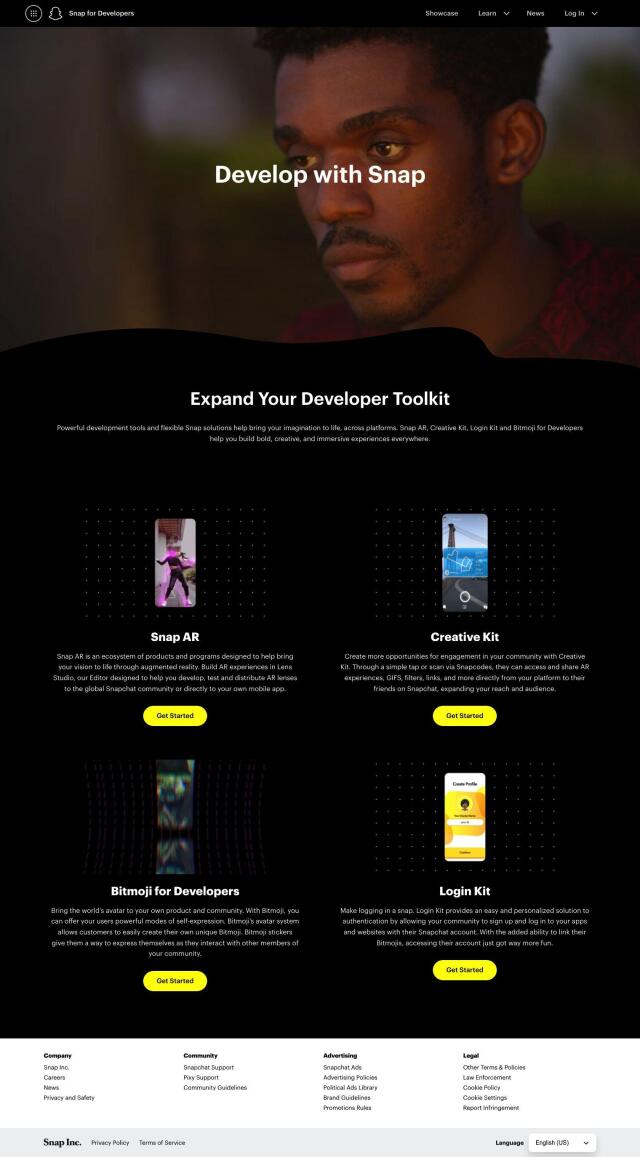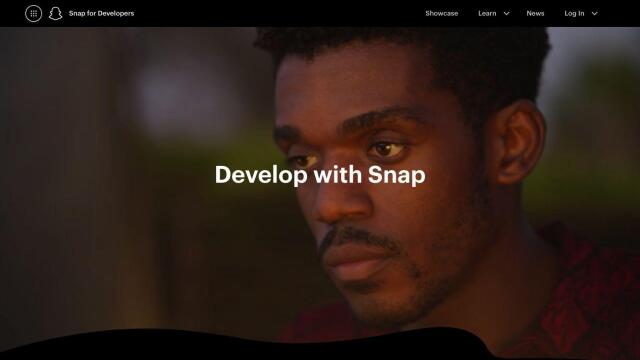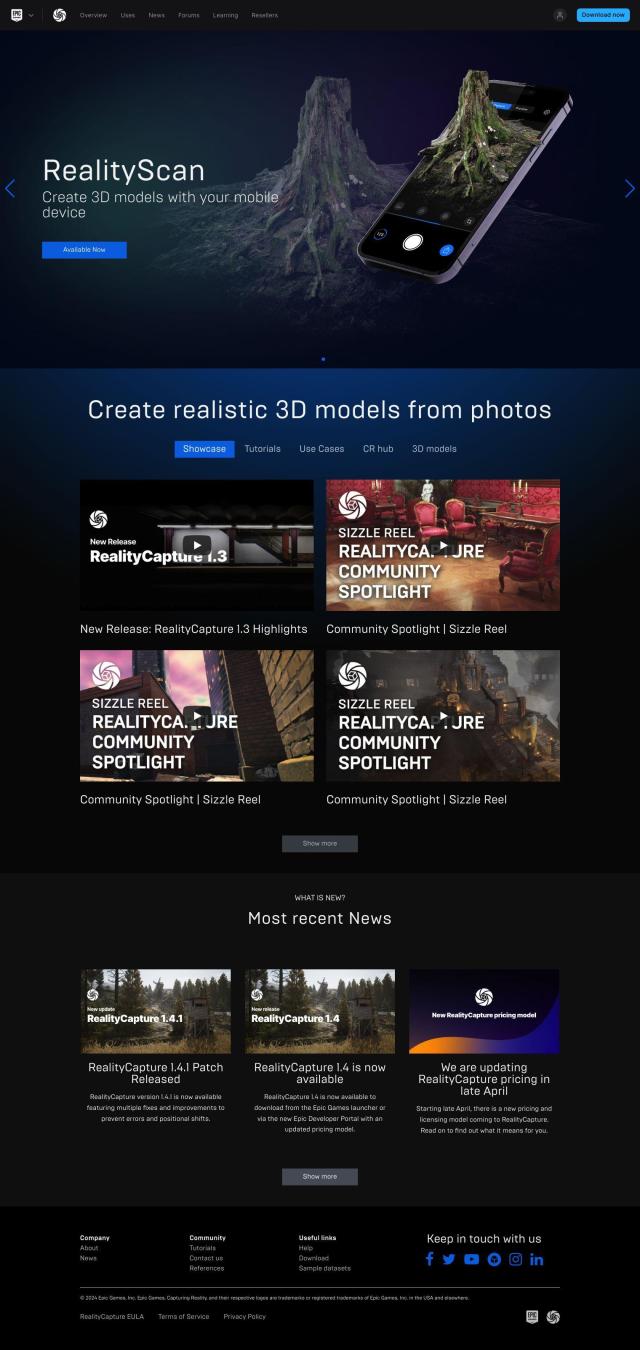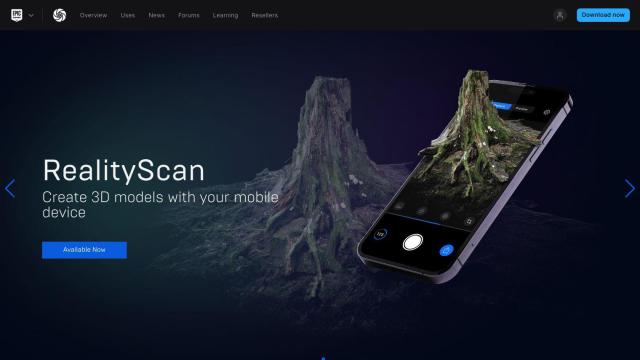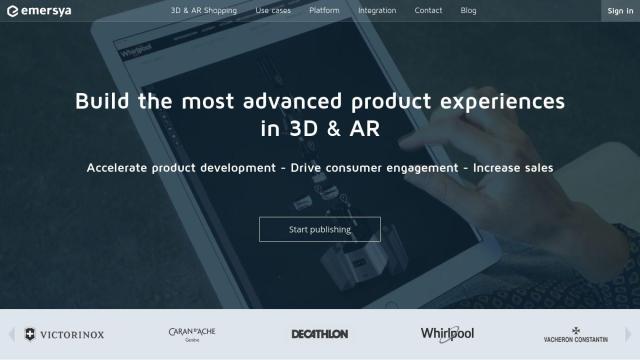Question: I'm looking for a platform that allows me to create augmented reality experiences with spatial mapping and motion tracking capabilities.

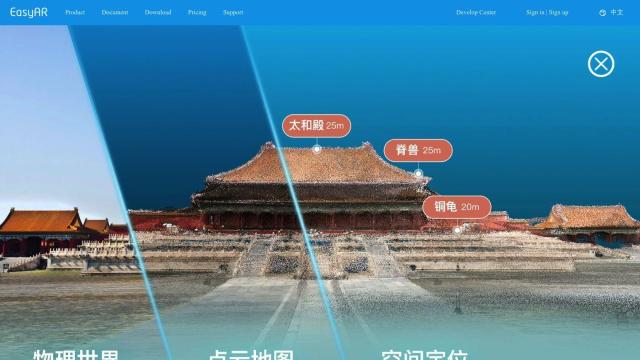
EasyAR
If you want a full-fledged platform for building augmented reality experiences with spatial mapping and motion tracking, EasyAR is a good option. It's got a lot of bells and whistles, including 3D point clouds and meshes, multi-sensor fusion for tracking, and a city-scale AR cloud service for gathering and mapping large-scale data. The platform comes in multiple subscription levels and supports iOS, Android and MR eyewear, so you can use it for a variety of projects and industries.

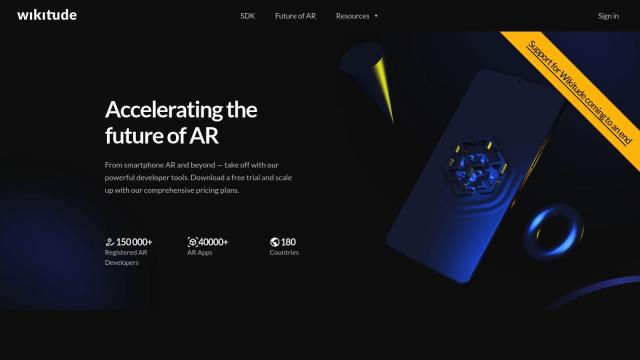
Wikitude Augmented Reality
Another option is Wikitude Augmented Reality, a cross-platform AR SDK that works on iOS, Android and Smart Glasses apps. It's got features like Image Tracking, Object & Scene Tracking, and Geo AR that are good for real-time image recognition, interactive digital content and location-based AR experiences. It's geared for industries like retail, education and entertainment, but it's a good option for anyone who wants a scalable foundation for building and deploying AR apps.

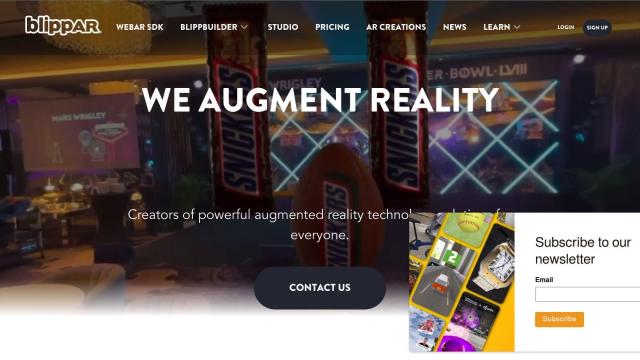
Blippar
If you want an AR development experience that's easy on the coding, Blippar has a full suite of tools and services. Its Blippbuilder Studio lets you create AR content on mobile devices and AR headsets, with surface, marker and face tracking. Blippar also has a WebAR SDK for developers and a Unity plug-in, so it's a good option for building higher-end AR content. There are several pricing tiers, including a free Starter plan, so it's available for a variety of development needs.
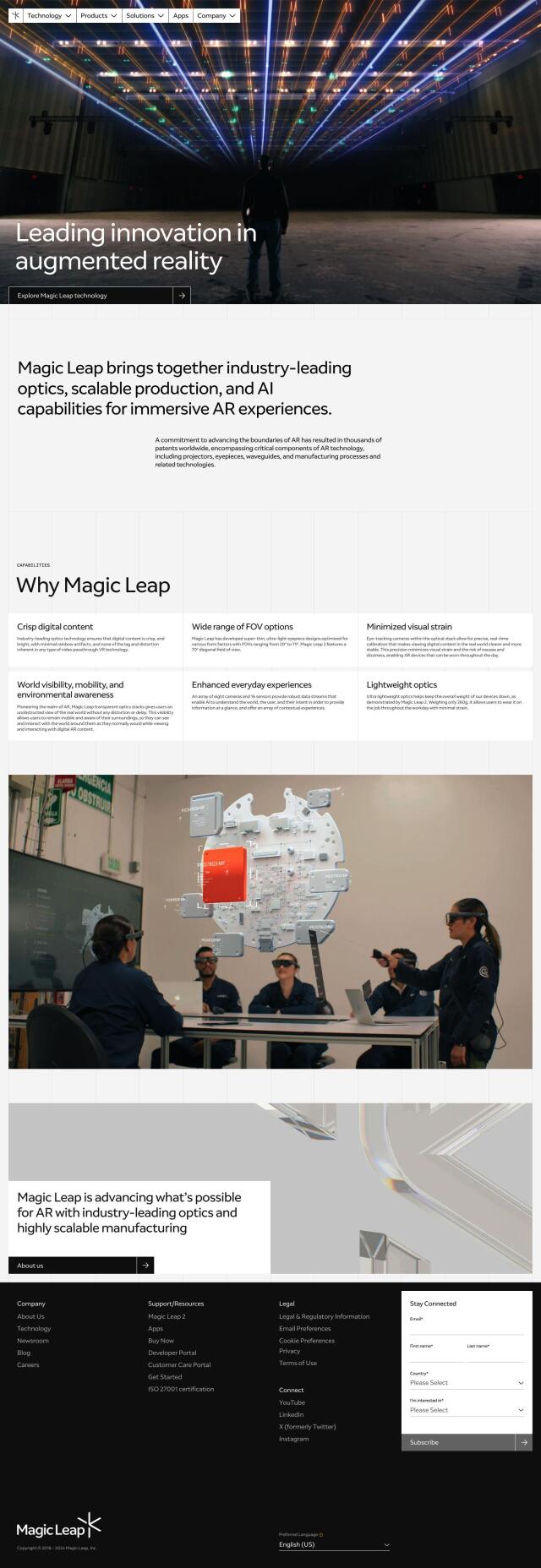
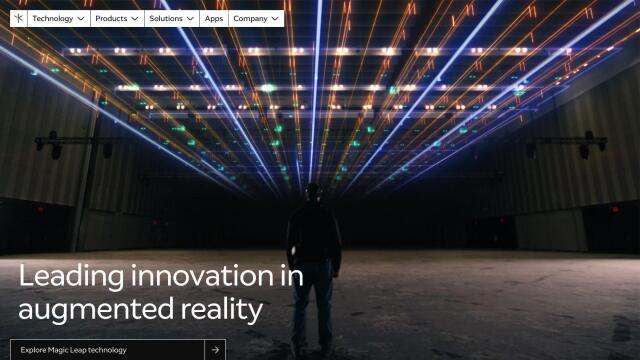
Magic Leap
Last, Magic Leap is a serious AR technology that blends high-resolution digital imagery with AI processing. Its eyepiece designs and eye-tracking cameras calibrate the system precisely and minimize eye fatigue, so it's good for professionals and consumers. Developer-focused tools and a community support program make Magic Leap a good option for building and deploying AR apps, too.
